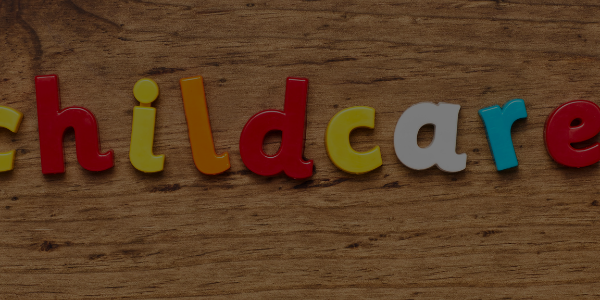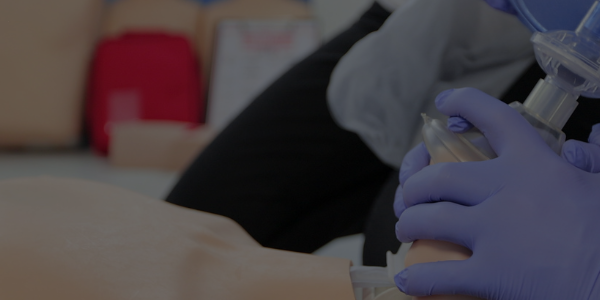Cuts and Bleeding can be frightening for both children and adults. But with a few simple first aid steps, you can minimise the risk of infection and minimise blood loss until you get to the doctor or hospital.
What are Cuts and Bleeding in Children?
Cuts and bleeding are a common problem for children. They can be scary for parents, because bleeding looks severe even when it isn’t. And the gash or injury often seems larger than it really is. Children are prone to cuts and scrapes, but in most cases, first aid at home is all that’s needed to stop the bleeding and speed healing.
Occasionally, a cut or scrape may require medical attention. Know when to call your doctor.
Signs and symptoms of Cuts and Bleeding in Children:
Cuts and scrapes are common injuries in children. They’re often caused by falls or roughhousing with other kids.
When a child gets a cut or scrape, there’s usually some bleeding. But if bleeding doesn’t stop or you see any of the following signs or symptoms, contact your doctor:
- Bleeding that lasts longer than 20 minutes after applying firm pressure with sterile gauze or a clean cloth
- A cut that goes deeper than 1/8 inch (about 3 millimetres) — even if it stops bleeding on its own — especially if it’s on the face, scalp or neck
- A cut that exposes fat or muscle tissue, which may appear yellowish-white
- A cut near an eye, nose or mouth that appears crooked or has ragged edges
What causes Cuts and Bleeding in Children?
Children can get cuts and scrapes from stumbling, falling, running into things, playing with sharp objects, or from other types of accidents.
The first step in dealing with cuts, scratches, and scrapes is to stop the bleeding. Most minor cuts on the face or scalp stop bleeding on their own after a few minutes. If the cut does not stop bleeding, apply gentle but firm pressure to the area for five minutes. If blood soaks through the dressing, do not remove it. Place another layer of gauze over the top and continue to apply pressure. If bleeding persists longer than 15 to 20 minutes, seek medical attention.
Always wash your hands before treating cuts and scrapes. Once you’ve stopped any bleeding, wash the wound thoroughly with soap and water. Remove dirt or other foreign objects with tweezers that have been sterilised by submerging them in boiling water or rubbing them with alcohol. Do not use peroxide; it can harm skin cells and delay healing.
If the cut is deeper than a scratch or scrape, clean it thoroughly with soap and water and apply an antibiotic ointment such as Neosporin or Polysporin to help kill bacteria that can cause infection. Cover the area with sterile gauze or a bandage to keep out dirt and debris (change the dressing once daily).
When should I call my child’s healthcare provider?
Call IMMEDIATELY if:
Your child has a cut that is deep or has jagged edges.
Most minor cuts heal without any problems. However, if you are concerned about the size of your child’s cut or if you think it needs stitches, call your physician immediately.
Please note that regular First Aid and CPR Training is the best way to make sure that you’re prepare in the case of an emergency. Book a course with us!
Find this article useful? Read more of our blogs here!





